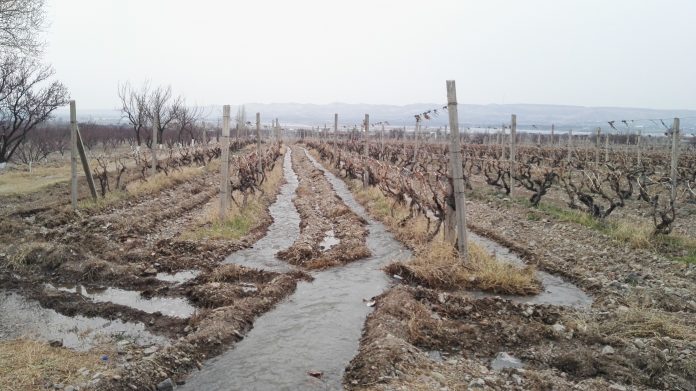Mirislom Komilov, a native of jamoat Khaidar Usmon of the Bobojon Ghafurov district, has long time dreamed of creating an orchard. In the fall of 2016, a cherished dream came true. The man received five hectares of land in the town of Saykhun. He already planted two thousand seedlings of: apricots, peaches and prunes. Now he’s doing fencing. Along with household chores, Mirislom faced a big problem.
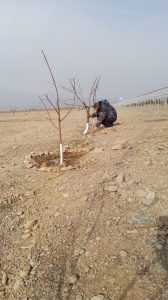
«Irrigation water is not a problem, as there are many sources here. But with the establishment of a drip irrigation system (DIS), a lot of questions arose. I turned to various suppliers, businessmen. For five hectares, one asked more than 55,000 TJS (6,500 USD) and also with a 100% prepayment. The second asked 42 thousand TJS (5 thousand USD), the third 35 thousand TJS (4120 USD). Some says that “I will not spend more than 20 thousand TJS”. Whom to believe, how to be? Why such a difference?».
A similar problem is faced by dozens of people who are starting to create their own fruit orchards in Saykhun town of the Bobojon Ghafurov district.
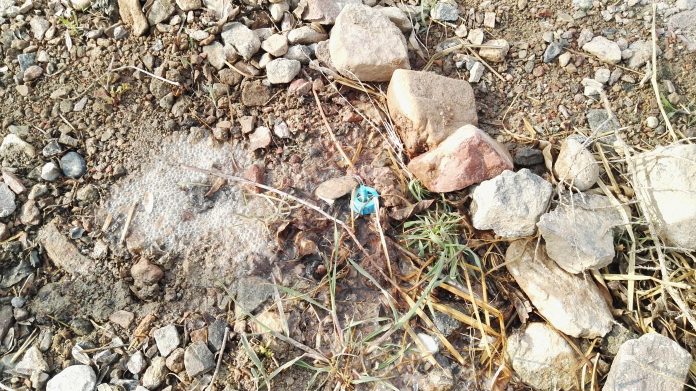
The Saykhun town is located 10 kilometres northwest from Khujand city. The lands here are mostly dry. To save and use water sparingly, irrigation of orchards will be established only through DIS. Great preference is given to the creation of intensive orchards. More than one thousand hectares of orchards have been created already. Another three thousand hectares of land are waiting for their owners.
According to Mirzoato Azimi, the head of the administration of the State Institution for the Preservation of Buildings, the Saykhun orchards will be irrigated by three main sources that can provide the area with irrigation water all year round:
- Vodokachka
- Utkansoy
- Pumping stations Saykhun-1 and Saykhun-2
The drip irrigation system was chosen for a reason. This method is five times more economical than conventional irrigation and helps to save mineral fertilizers. In addition, it protects the soil from washing off and erosion,– says Mirzoato Azimi. — In March, the second phase of the Saykhun-2 pumping station was put into operation. This station downloads and transfer 850 litres of water per second.».
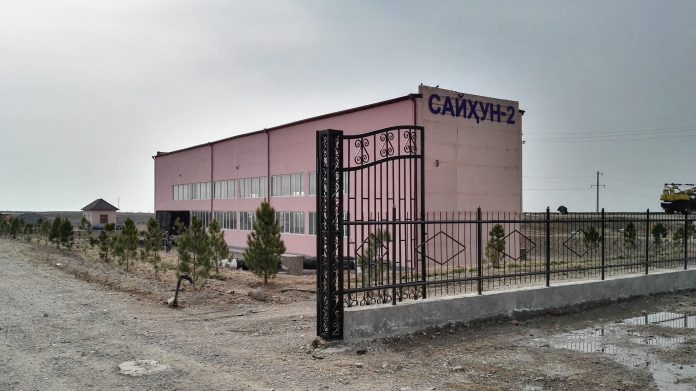
Azimi confirmed the price difference between businessmen and suppliers of drip irrigation system (DIS). He also added that the introduction of DIS on five hectares of land will require a maximum of 25 thousand TJS.«On behalf of the head of Sughd region, Adburakhmon Qodiri, number of specialists, agronomists work at the administration, who give advice and consultations on the establishment of drip irrigation system free of charge. All orcharders, who encounter problems can contact to them at any time. Local specialists will take a look and help you create an estimate and find spare parts cheaper. They will show, how to install everything by yourself. It’s very easy and cheaper to get.».
When issues related to the introduction of DIS are being addressed in one corner of northern Tajikistan, in other areas, problems with irrigation water are of a completely different nature.
Bahadur Muminov is an experienced farmer from the border district of Zafarabad. For more than ten years he has been managing the Samijon dehkan farm. The total area of his land is 9 hectares, which are irrigated with the help of pumping stations. He plans to grow cotton on 7 hectares. According to him, cotton is industrial crop and very demanding on water. And the pumping stations, which are older than Bahadur himself, have not been able to cope with the task for a long time.
«I have rocky lands. They need twice as much water. If the first ten days after growing cotton, I cannot provide my land with the enough water, then I can lose the future crop,» —says the farmer.
Today, Bahadur Muminov is allowed to receive 80 litres of water per day in the season. Although he needs twice as much volume. I had to reduce the hours of water supply, from 24 to 12. For the second year, dozens of dehkans of Zafarabad district are facing this problem. According to them, they spend about $600 per hectare of cotton for a full season. It is water that becomes the reason that farmers cannot get their justified income.
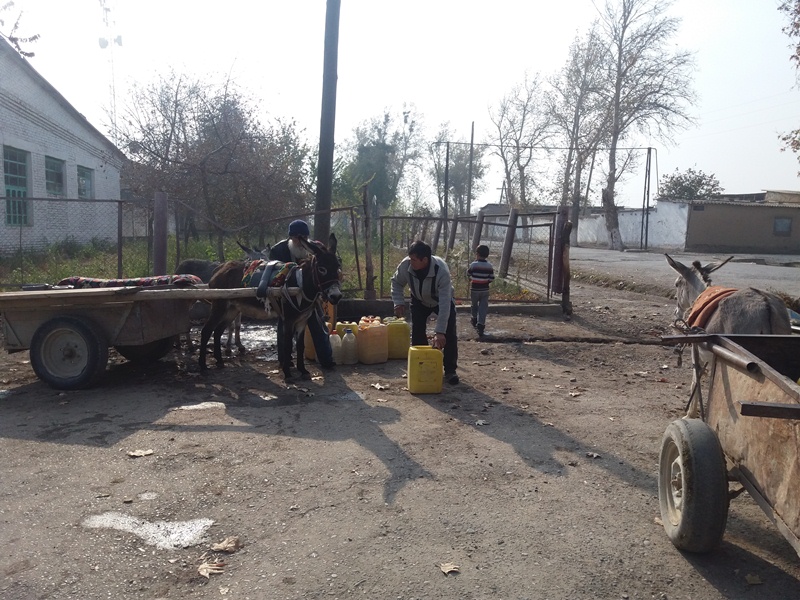
«I get water for 6 hours every four days. This is too little during the peak season, from April to mid-May. Then there is almost no water. And when the water is no needed, the channels are filled. It is usually July-August months,» — says another farmer from Mekhnatobod jamoat in Zafarabad district.
Zafarabad is located on the border with the Sirdarya and Jizzakh regions of the Republic of Uzbekistan. The Sir River flows between them, which irrigates the Zafarabad farmlands. Today, water almost does not reach at the needed time. There is no talk about the introduction of DIS. “Too “expensive,” — the dekhkans laugh.
In 2016, the regional administration completely renovated the main routes of the canal. Farmers hope that the turn of the planned repair of pumping facilities is also not far off.
Residents of villages located along the Kyrgyz border were more fortunate. For the second year already, many international and public organizations have been working in the field of equitable distribution and saving of irrigation water from the Khoja Bakyrgan canal. The largest ongoing project in the country is the Swiss National Water Management Project. The total budget aimed at improving water supply is more than 7.5 million dollars.
An activist of seminars and trainings, boboi Boir Bobojonov, head of the Boirjon dehkan farm of Ovchi Kalacha jamoat. He is respected not only for his advanced age and great experience, but also for his good cooperation with various organizations.
«International organizations help us a lot. We started learning from elementary things how to properly clean ditches, how to make the correct irrigation calculations for each row of cotton field, how much water in from the top of the row, how much comes out from the bottom. In each farm were financed the installation of water meters and water intakes. Also, in each row of cotton fields of several farms were installed 40 cm plastic pipes » — says boboi Boir..

As it turned out, there are a lot of benefits from pipes: each time you do not need to dose water, clean the rows, go separately and control the flow of water, less labour and time savings. These pipes help distribute water equally everywhere. In addition, each hectare can save 600 TJS ($65) just for irrigation water. All farmers whose crops do not require cultivation can install this type of irrigation.
«Whenever possible, we should use the help of organizations. Each of them comes with something new. It is necessary to keep pace with the times and introduce modern irrigation methods. The times of collective farms, when the Union was responsible for everything, are gone» — says the farmer..
«Boboi Boir was elected a people’s judge. Sometimes farmers beat each other with a hoe and a shovel for water. If you sue, a lot of money is wasted. Call the police, they’ll arrest everyone. Boboi Boir goes to the place of the fight, puts and bring up everyone. Everyone asks forgiveness from each other and continues to work. Organizations taught him how to mediate» — a local farmers say.
*** *** ***
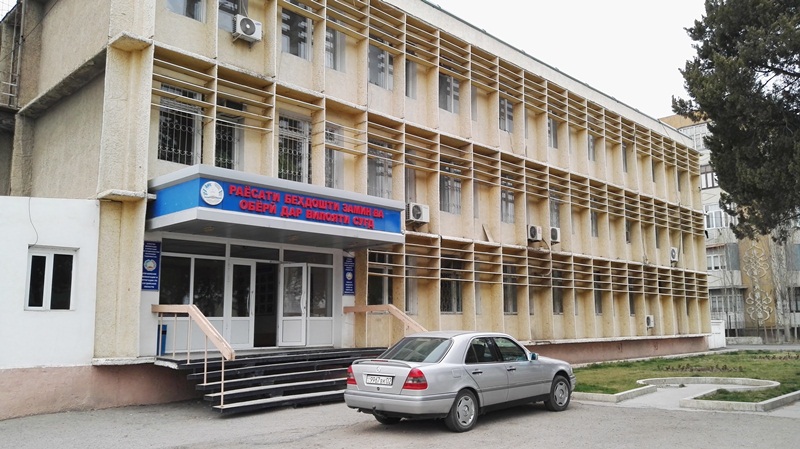
According to the production department of the regional department of agriculture, in Sughd, there are 225 thousand hectares of farmland. Halimjon Hodjiev, Deputy Regional Department of Water Use and Melioration, noted that more than 160 thousand hectares of them are irrigated with artificial pumps. The rest are flowing waters of Khoja Bakyrgan, Oksu and Isfara rivers.

«The Sir River irrigates the land with pumps since it does not flow near farmland. In the town of Saykhun, there is also machine watering. To save water and avoid frequent repairs of stations, it would be better to gradually switch to DIS in some regions,» — says Halimjon Hodjiev.
Tajikistan is rich in water resources, rivers, lakes, glaciers and is considered a spring for watering the lands of the downstream countries. However, the issue of delivering water to inland agricultural lands is still open. Despite numerous of government programs, local farmers still face an acute shortage of a vital natural resource. Any assistance for the development of the irrigation system will contribute to the solution of main strategies of the country: poverty reduction and food security.
Khosiyat Komilova

